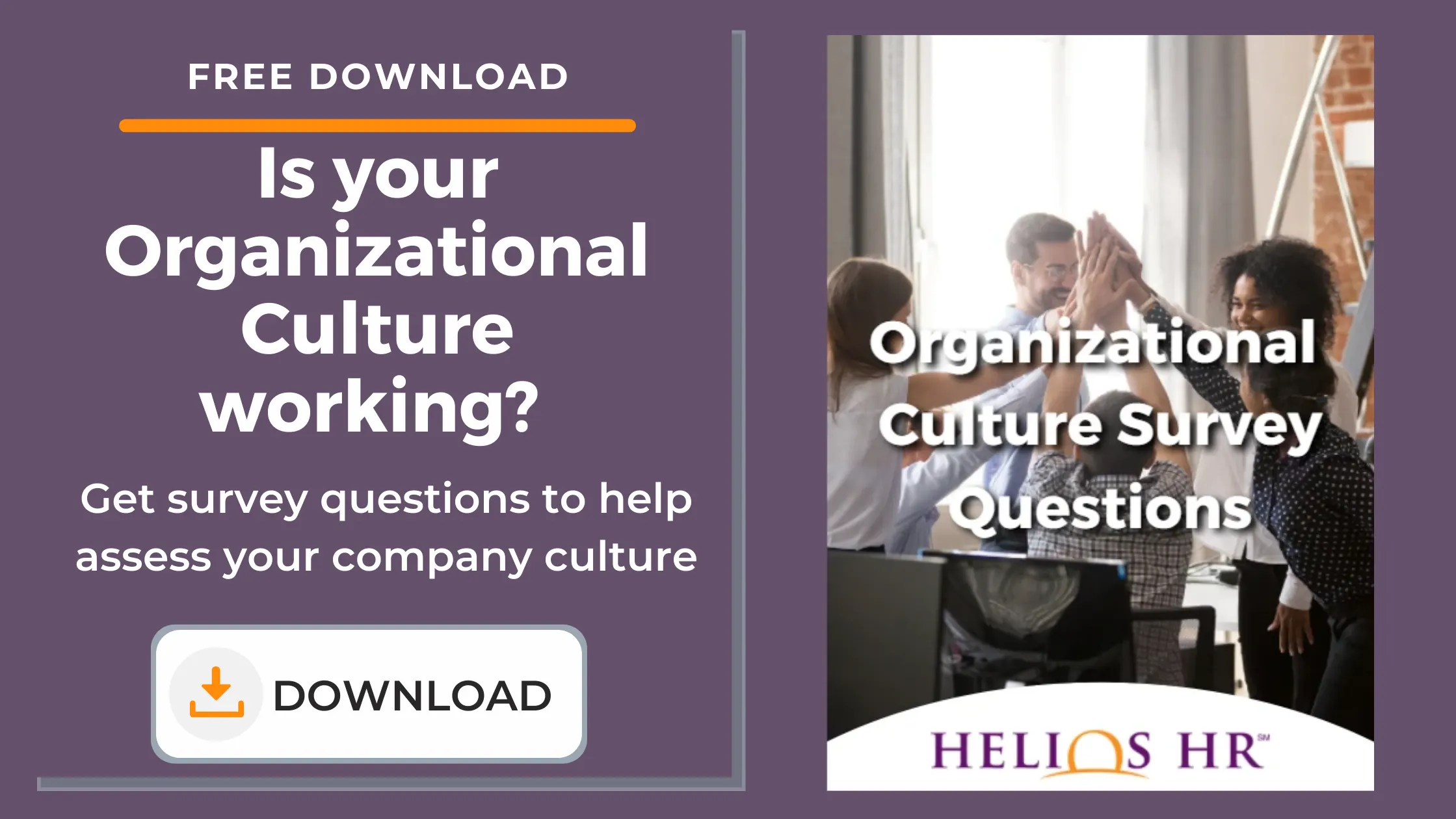By: Jenna Louis on December 15th, 2020
How to Keep Company Culture Alive With Remote Working
Has your organizational culture changed because of COVID-19? If so, you're not alone. The COVID-19 pandemic has driven a lot of change in organizations – changes in the way people work, communicate, and co-operate.
Many of these changes have allowed organizations to update policies to suit an increasingly remote workforce. If you're trying to figure out how to keep your company culture alive remotely, this may be a chance to review your entire organizational culture.
Most leaders are considering how to keep employees engaged and ensure the company culture is upheld (or even improved) after having to quickly shift to a 100% virtual environment. Parents are trying to juggle full-time with childcare, individuals are feeling isolated, and companies are dealing with the challenges of a changing culture.
How do you keep company culture alive in a remote environment?
The following are tips on how to ensure your company culture is maintained, and maybe even improved, while employees are remote.
1. Examine your company’s culture pre-pandemic
To start, companies should set aside some time to take a close look at their pre-pandemic workplace culture and policies. Think about the adjustments you needed even before circumstances changed.
Identify areas for improvement or changes that may need to be made to ensure that your employees are engaged and productive at home. Harvard Business Review recently wrote an article providing a few helpful tips on how to ensure your culture remains adaptable throughout the pandemic.
2. Allow for flexibility
I’ve attended quite a few webinars lately featuring panelists who have discussed remote working best practices. A common theme in every conversation has been about how employees need and want flexibility. Having the flexibility to choose your own schedule is a relatively easy adjustment that provides some balance and control to employees during uncertain times.
If your company doesn’t already offer flexible scheduling as part of your Total Rewards, be sure to set clear boundaries and expectations. Employees may need to plan on being available during certain times for meetings with coworkers, managers, or clients. There might also be expectations on turnaround times for internal or external responses to calls or emails. Be sure to clearly communicate these expectations from the beginning.
3. Communicate frequently and transparently
Communication is key to a great culture – I can’t stress that enough. Department-wide meetings at a regular cadence will help keep remote employees keep track of company initiatives and goals. This is also a great time to reinforce the company culture and values to the larger group.
In addition to the larger meetings, managers can set up one-on-one meetings with their employees on a weekly or bi-weekly basis. These one-on-ones are more informal and can be used to check on the employee’s wellbeing, accomplishments, and challenges. Here’s a great article on effective workplace communication techniques.
4. Team-building events
Many companies are trying new and innovative ways to keep employees engaged and provide some of the human interaction that so many individuals are missing. Some examples include virtual trivia nights, cooking classes, cocktail-making or wine tasting events, paint nights, yoga or fitness classes, and happy hours or lunch hours.
Another impactful way to keep employees engaged is to encourage them to occasionally set aside 10-15 minutes to connect with each other individually. Being in a remote environment removes the hallway chats and water cooler talks as well as the ability to just pop over to talk with someone in a nearby workspace. Encouraging employees to engage with each other independently allows for that informal knowledge share that may be missing in the virtual environment.
5. Onboarding and training new hires
Onboarding and assimilation can be challenging in the remote environment, but there are ways to foster engagement and buy-in with company culture even when onboarding a new employee virtually. To set the tone, consider doing the following:
- Mail the employee everything they need to get started prior to their first day
- Include some company swag in the new hire’s welcome package as an added bonus
- Consider also including some basic office supplies – notebooks, pens, etc.
- Provide the onboarding schedule ahead of time
- Set expectations for the dress code in a virtual environment
- Encourage current team members to reach out to the new hire – this can be a quick email or IM to say hello or scheduling time to chat over coffee or lunch
Training also may look a little different, but there are many online learning options that companies can consider as part of their virtual training program. Another training option that has proven to be effective in a remote environment is interpersonal communication skills. Programs such as DiSC or SOCIAL STYLES can help employees (and leaders) identify their individual and colleagues' profiles and gain an understanding of their unique work styles. These are especially helpful training programs for bringing your remote team together.
Recommended reading: How to Build a Thriving Organizational Culture
Keep your organizational culture alive no matter what
Keeping your company culture alive remotely may sound challenging and maybe even a little intimidating. However, promoting employee engagement through open communication, team-building activities, and flexibility will make your employees feel valued and included.
Need some help managing your organizational culture? Book a no-obligation consultation call today with a Helios HR expert. Let's talk about building a culture that thrives no matter what.





